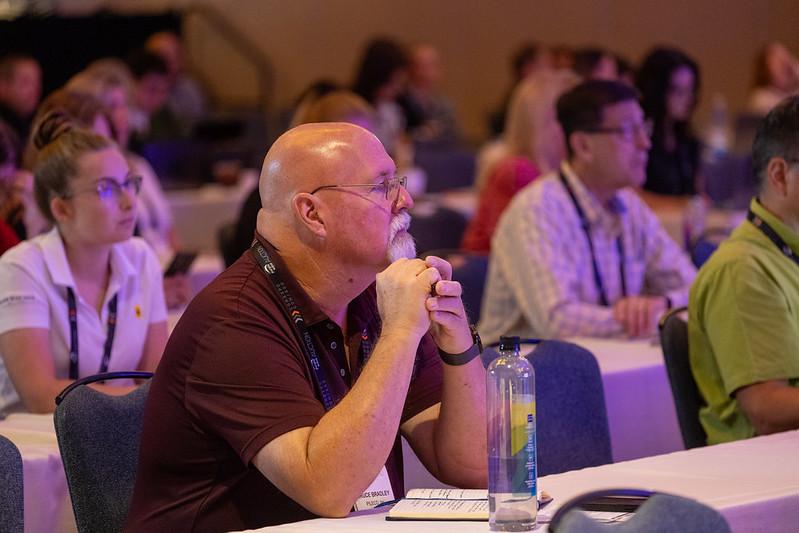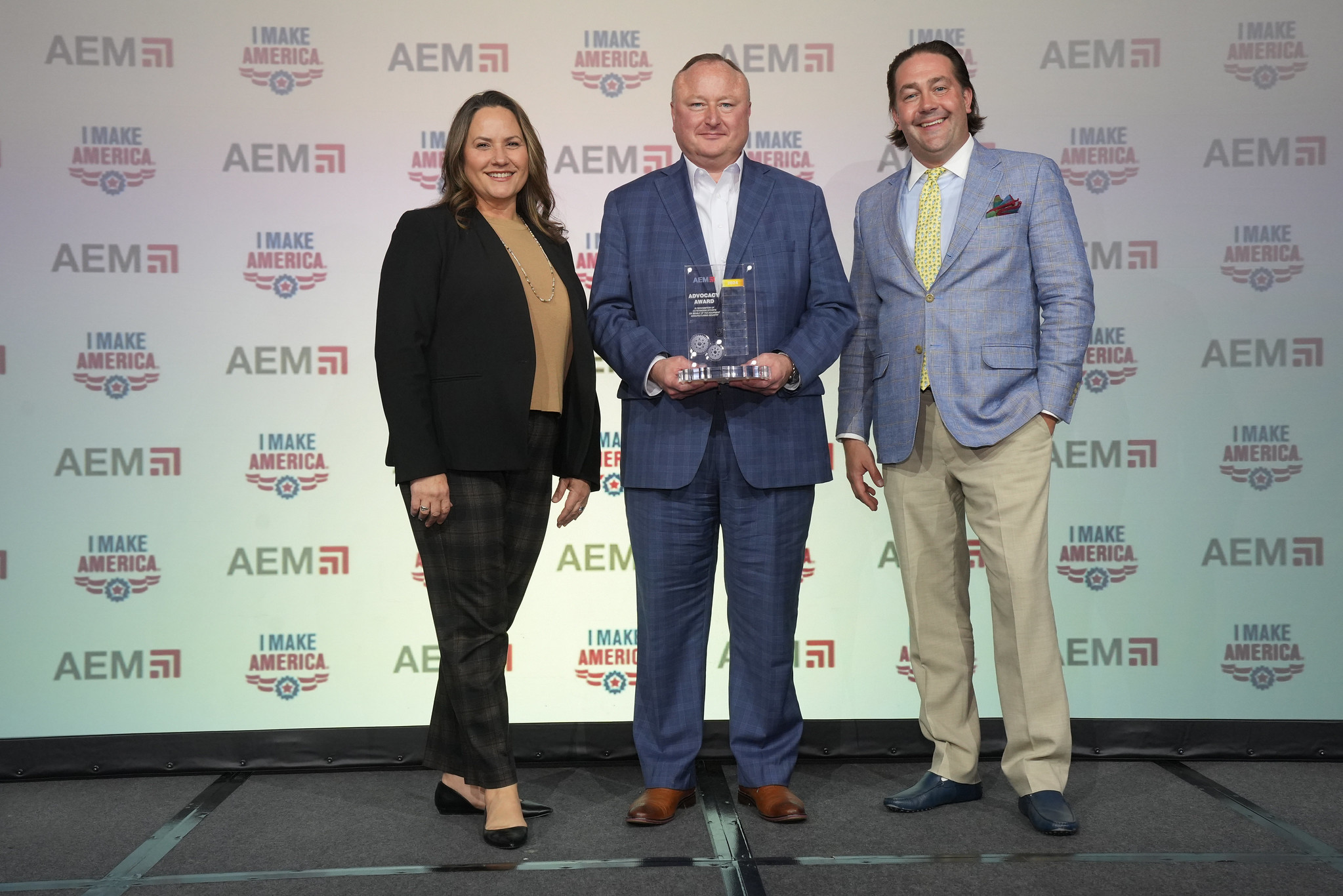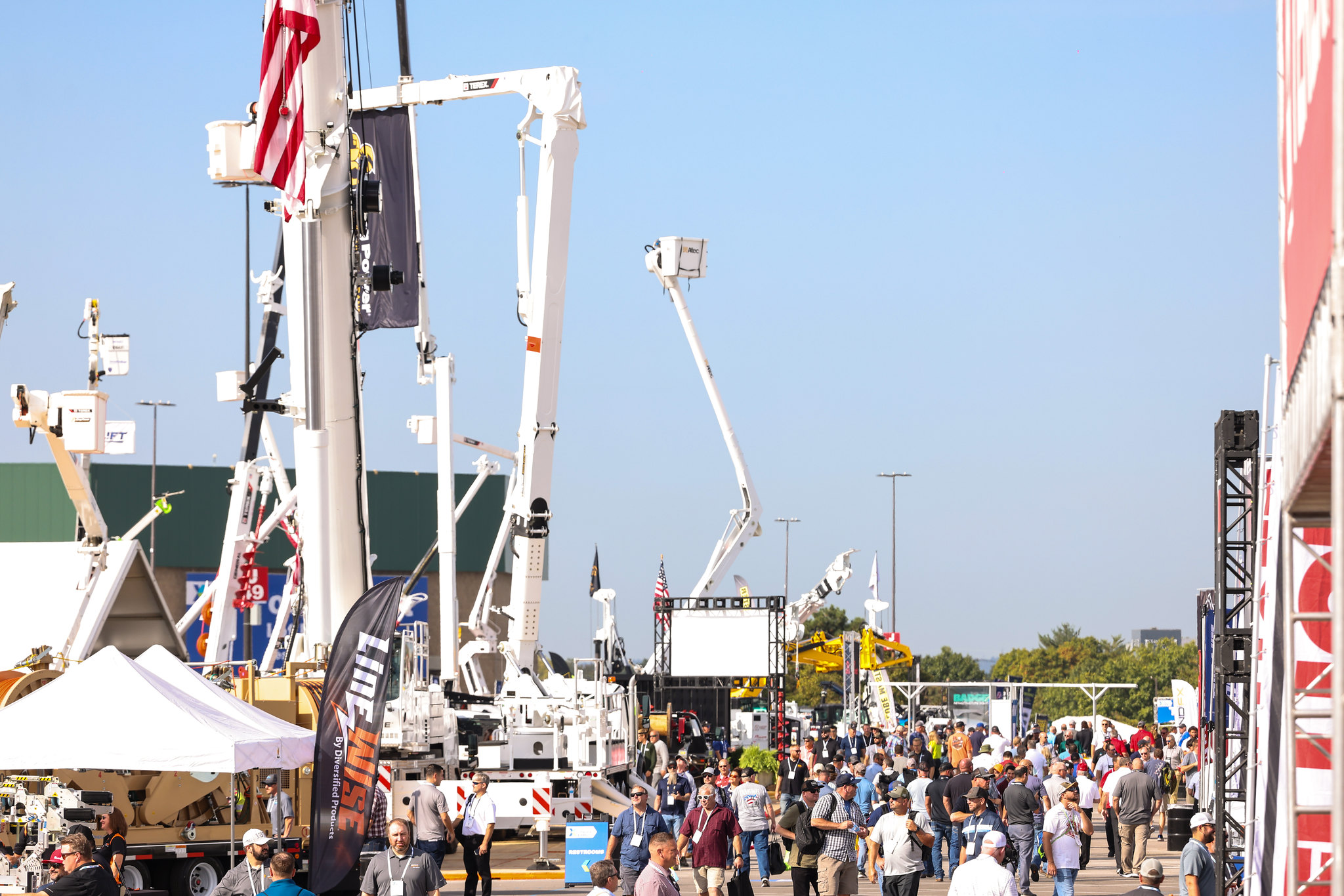By Julie Davis, AEM Senior Vice President of People Strategy —
There’s no disputing the labor shortage facing manufacturing today. The industry lost roughly 1.4 million jobs during the COVID-19 pandemic, and manufacturers are expected to see 2.1 million jobs go unfulfilled by 2030.
The statistics are sobering. The industry’s workforce problem isn’t going away. In fact, it’s getting worse. So, it’s time for manufacturers to tackle workforce talent attraction, development, and retention by making this year one where they create the flexible manufacturing environment employees both want and deserve.
I’ve spent the last four-plus years leading AEM’s Workforce Solutions initiative, sharing best practices to empower organizations to grow and retain a strong workforce, as well as sharing information and insights with various manufacturing association groups looking to deal with the industry’s labor shortage. And every time I suggest flexibility as a means to counterbalance remote work in manufacturing, I get pushback from people.
“We need feet on the production floor.” “What about having a regular schedule?” Yes, these are valid counterarguments. However, the numbers suggest increased flexibility should play a significant role in helping manufacturers fill open positions. Consider:
- 5.4 million people in the United States are not actively looking for work. It’s a group of people left out of the current unemployment numbers, and it represents the largest available talent pool for employers to draw from today.
- The labor force participation rate for working-age men (ages 25 to 54) is steadily declining. Historically speaking, it’s the main talent pool for manufacturing, so the drop-off should be a significant concern.
- The labor force participation rates for working women are increasing and the rate for young women (ages 16-24) entering the workforce is significantly higher than for men in the same age range.
- In addition, the overall labor participation rate is decreasing. So, manufacturers, along with all employers, are being forced to become more creative in what populations we target – and, perhaps more importantly, what we offer – to bring in new employees
Want more information on best practices, tools, programs, and resources to help attract and retain the right talent? Visit AEM’s Workforce Solutions Toolkit.
To be competitive in today’s competitive labor market, we need to understand:
- Why a considerable number of potential employees aren’t working.
- Why and how creating flexibility in manufacturing can begin to tap into that talent pool.
According to a March 2025 U.S. Chamber of Commerce survey, here are the factors contributing to the labor shortage today:
- Early retirements and an aging workforce
- Historically low net international migration to the U.S.
- Lack of childcare access
- Start-ups and gig economy participants
- Increased savings and cash access
- The Great Resignation or Great Reshuffle
Our job, if we’re willing, is to create flexibility to bring as many people back to the labor force as possible and showcase manufacturing as a great industry for building a career. It’s safe to say a significant percentage of available talent isn’t interested in full-time work, or many of these people would already participate in the workforce. So, to attract and retain great talent, manufacturing needs to offer part-time jobs, non-typical schedule options, flexible work arrangements and more.
With that fact in mind, consider the following:
- First-shift employees choose a start time between 6 a.m. and 8 a.m. If employees want to finish work early, or drop off children at daycare and school, the flexibility to do is available.
- Employees swap shifts (with manager approval) to help accommodate life’s other responsibilities and priorities.
- Rotating shifts that start or stop any time of day and last for any duration of time. Employers offer essentially mini-shifts created for inviting certain talent pools back into the workforce, such as moms of school-age children, retirees who want additional income, and folks participating in the gig economy who desire a reliable, part-time income.
- Multiple varieties of a different workweeks. Three 12-hour days, four 10-hour days… whatever it takes to make it work. If the appeal is having a three or even four days off to meet outside wants or needs, provide it.
- Creative job sharing. If necessary, give two or even three workers the opportunity to collaborate for flexibility while filling a full-time position.
Developing, managing, and maintaining a flexible manufacturing environment is a task easier said than done. However, it’s worth the investment of time, effort, and resources, as it allows organizations to differentiate themselves their competitors, draw from new and different talent pools, as well as diversify and optimize their workforce.
To get involved with AEM's Workforce Development Committee, reach out to Julie Davis at jdavis@aem.org.





